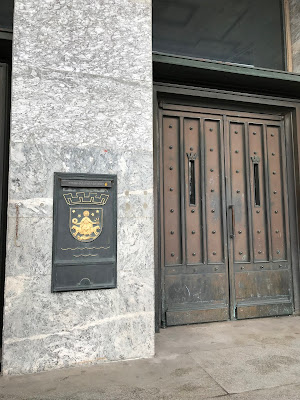Feriado de Páscoa e um curto passeio em Lisboa e Óbidos.
Nesta postagem um pouco da Vila de Óbidos, já anteriormente visitada pelo Nosso Olhar.
Óbidos tem sua história marcada como cidadela romana , daí seu nome derivado do Latim oppidum (cidadela), já mencionada por Plínio. Tornou-se território Visigodo no século 5 e , posteriormente, foi tomada pelos Mouros, que iniciaram a construção do Castelo. Retomada pelos portugueses no final do século 12, foi por muito tempo, presente dos Reis de Portugal a suas Rainhas.
Easter Holiday entices a short trip to Lisbon and obits. Here , we show some pictures of Óbidos, a small medieval town, about 80 km from Lisbon , with its picturesque white houses, wonderful Castle and Walls.
Óbidos was first a Roman settlement - the origin of the name comes from the Latin word oppidum which means citadel - then it was taken by the Visigoths in the 5th century, the Moors and retaken by the Portuguese in the 12th century.
O castelo é do século XII, mas suas muralhas foram fortalecidas no século XIV.
streets with white houses adorned either with blue or yellow
Ruas com as casas brancas com adornos em azul ou amarelo
Casa Mourisca
Moorish house

Igreja de São Tiago / Church of Santiago
Antiga Igreja de São Tiago do século XII, situada à entrada do Castelo, é agora a Grande Livraria de Santiago.
A temple from the XII century is now a bookstore.















































